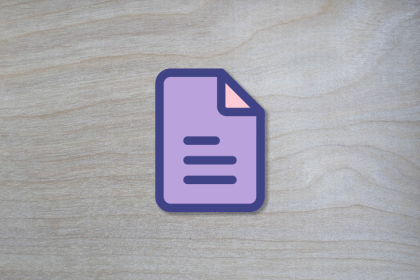
A deep understanding of not just who the customer is, but the exact pain points that they struggle with, will help you build a great product.

Product managers use various data sources, such as customer feedback, user behavior data, market research, and performance metrics, to make informed decisions, set priorities, and drive improvements.

The curse of knowledge is a bias people develop where they assume other people have the same level of knowledge they do.

ASO includes both how highly the app ranks for direct search results, as well as how discoverable your application is.

A one-pager is a great way to align the various departments in your business and ensure that your products have the support they need to be successful.

It feels like only yesterday that the word “agile” indicated some nirvana state that every self-respecting tech company wanted to achieve.

Earlier in my career, I took over a team with a history of productivity issues. This is the story of how we reduced cycle time by ~66 percent and work in progress by ~50 percent, all in the span of six weeks.

Product strategy is the bridge between vision and execution. It clearly states the key bets you’re making.

No matter the initiative you’re working on, clarity on what success looks like is essential. There are multiple ways to achieve that clarity, including objectives and key results (OKRs) and product goals. But when should you use which method?

Feature flags are components that enable software teams to manage and control the release of a product in a more controlled manner.

2023 is here, and so is a new slate of conferences and events. To help you plan, we’ve prepared a comprehensive list of product management conferences, both on-site and virtual.

Contrary to business intelligence (BI), embedded analytics solutions are integrated into the business applications that users already use.